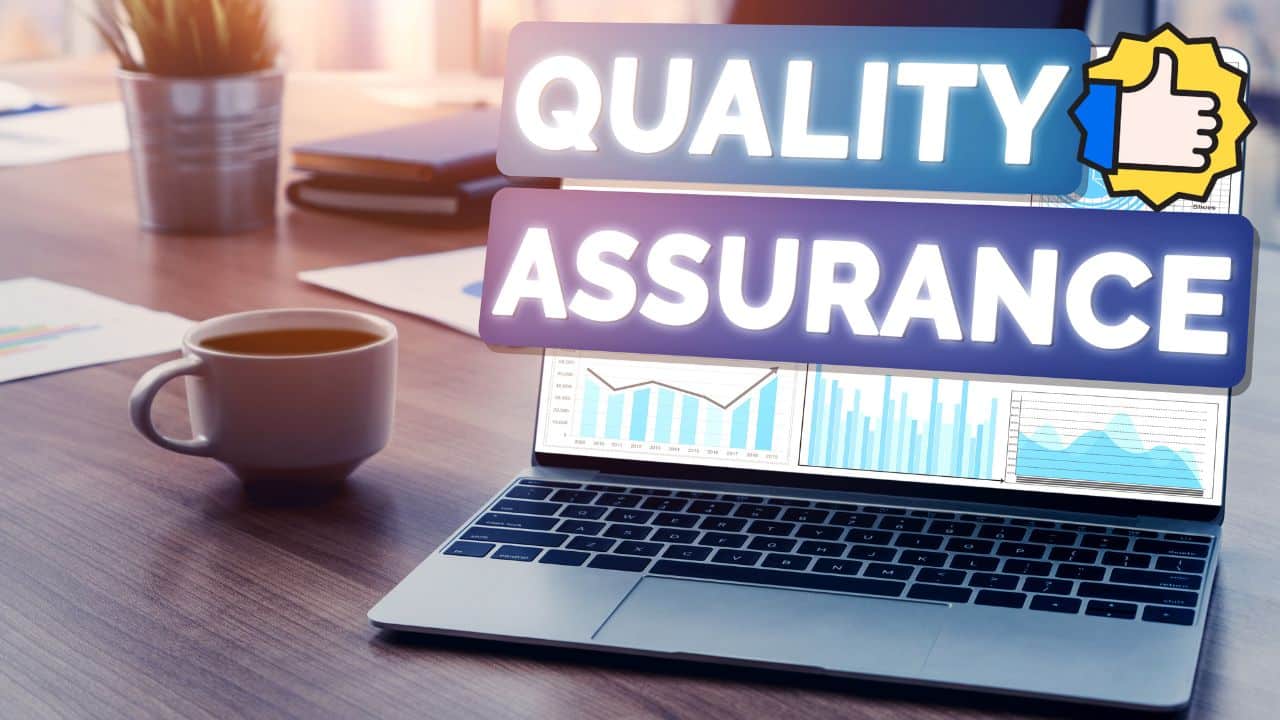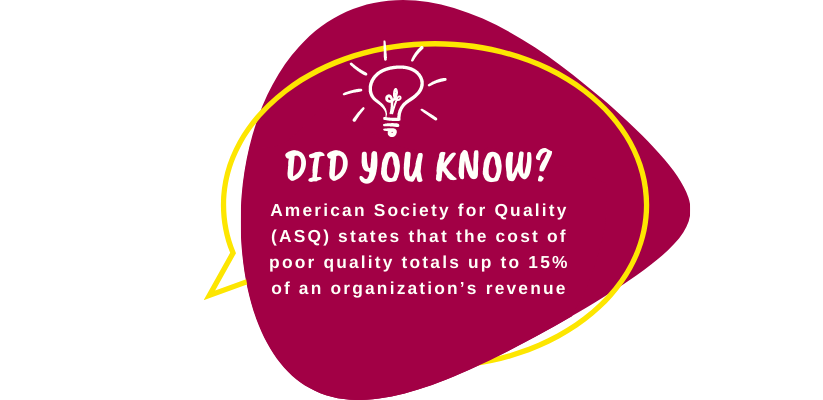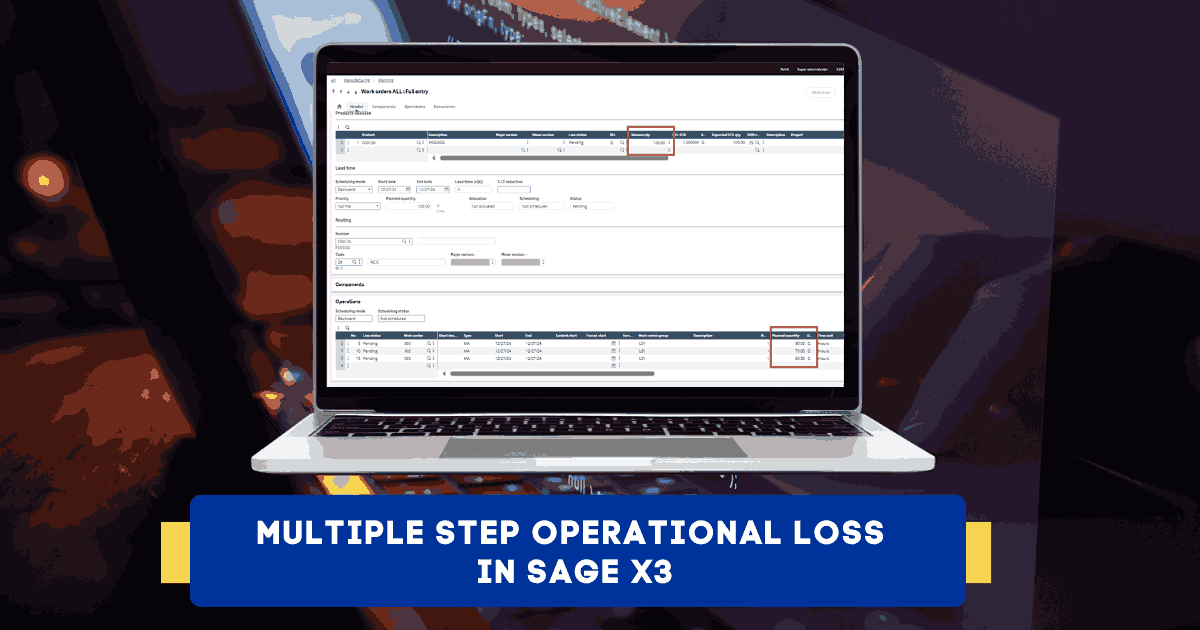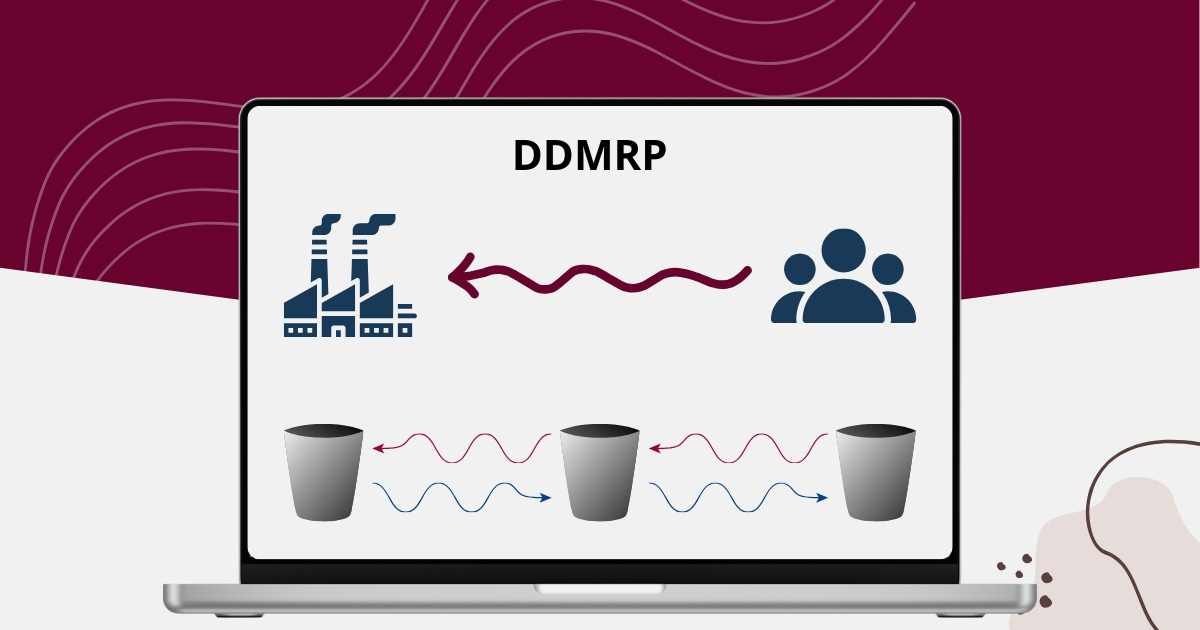Summary: Quality Assurance (QA) and Quality Control (QC) play an instrumental role in the lifecare and healthcare sciences. But organizations should understand the difference between quality control and quality assurance because institutions like FDA and ISO require QA and QC clearances. Not adhering to QC and QA standards can have multiple effects. For example, the product you sell to the customer might not meet the required standards causing massive damage to the brand image. And secondly, ill-manufactured products might have a lethal impact on the customer’s health, leading to heavy penalties and court cases.
Companies should know the difference between quality control and quality assurance because they are two different processes executed at different times.
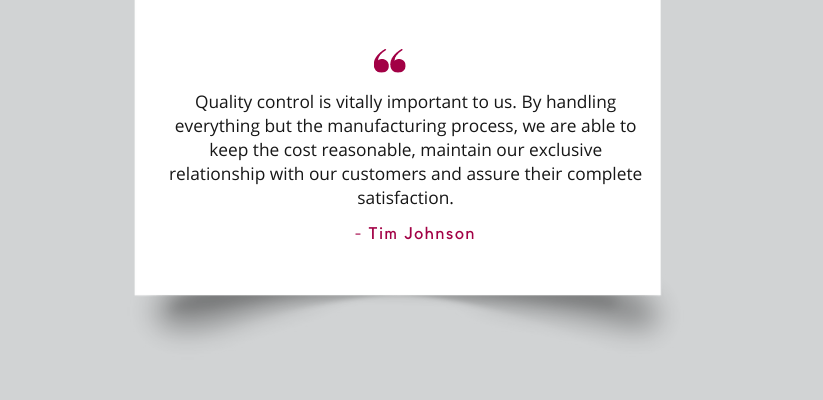
What are Quality Assurance and Quality Control?
Quality Assurance is one of the most integral parts of the Quality management plan. It includes activities/operations required to ensure your product (or software product) is fit to pass through the manufacturing process (or software manufacturing process). QA ensures that you have all the quality requirements in place, preserving the quality of products during the manufacturing process.
On the other hand, quality control examines the standard of quality assurance. QC consists of step-by-step procedures that ensure the finished product is safe to use (and consume) and retains its utility after production.
Both QA and QC are necessary. The former ensures high standards of product quality during the manufacturing process. In contrast, the latter guarantees product quality after completing the manufacturing process.
QA and QC can be done using various methodologies, including Six Sigma, Agile, and other process improvement and project management strategies. But irrespective of your product development strategy, please ensure that it complies with ISO 9001:2015 regulations.
Top 5 differences between Quality Assurance and Quality Control
Our above discussion reveals the fundamental difference between quality control and quality assurance. Now, let’s see how both work together to improve the quality of your manufacturing process and decrease the number of corrective actions in the entire scheme of things.
1. Proactive (QA) vs. Reactive approach (QC)
Quality assurance takes a proactive approach as it identifies product defects during manufacturing. On the other hand, QC takes a reactive approach as it discovers defects in manufactured products.
Quality assurance focuses on designing processes like documenting Standard Operating Procedures (SOPs) based on ISO 9000 standards. The core philosophy of QA is that effective and error-free products will be manufactured every time processes are adhered to.
The difference between quality control and quality assurance is that the former is about checking whether manufactured products adhere to safety and efficacy standards. So, if a product doesn’t meet minimum standards, it will be disposed of. This step will ensure an unsafe product isn’t delivered to the end consumer.
2. Process (QA) vs. Product (QC) oriented
Quality Assurance consists of process-related functions that inspect the whole manufacturing process and avoid quality issues. In comparison, quality control is product-oriented and checks whether manufactured products are built according to the consumer’s requirements.
A crucial difference between quality assurance and quality control is that the former checks the actions that facilitate manufacturing the product. Instead, the latter deals with the resulting product.
The list below contains examples of both categories. Let’s go through them one by one.
Examples of QA processes
- Supplier management
- Investigation procedures
- Change control
- Audits
- Documentations
- Personnel training
Examples of QC procedures
- Product sampling
- Lab testing
- Software testing
- Batch inspection
- Validation testing
3. Creation (QA) vs. Verification (QC) standards
The primary purpose of QA is to create top-notch products that adhere to pre-determined quality standards. As a result, quality assurance talks about defining standards for marketing, packaging, manufacturing, design, distribution, sales, and other manufacturing activities.
The difference between quality control and quality assurance is that the former helps verify that manufactured products are defect-free before shipping them to the end consumer.
4. System (QA) vs. Parts (QC) focus
Quality assurance control methods contain a long list of procedures that ensure quality standards are adhered to. On the other hand, quality control systems inspect parts consisting the system output. For example, they also focus on raw materials purchased from a supplier that are ultimately used for manufacturing products.
The difference between quality control and quality assurance is that the former focuses more on the activities, such as batch sampling raw materials and auditing suppliers that ensure inputs are effective and safe.
5. Full team (QA) vs. Committed individual (QC)
Quality assurance methods and procedures involve the entire team. Each team member is responsible for QA activities by adhering to SOPs. It also involves creating standards for documentation, training, and for reviewing the entire workforce.
The difference between quality control and quality assurance is that the former requires a dedicated individual to follow SOPs for product testing. These SOPs allow the QC staff to perform quality control activities and document their findings according to standardized procedures for process validation and product testing.
5 benefits of Quality Management
Businesses can benefit immensely by adopting a structured approach to quality management. They can identify the root cause of problems and brainstorm strategies to solve them.
Here’re 5 benefits organizations experience after implementing a Quality Management Plan software:
- Motivated employees actively participate in decision-making and take significant interest in executing the plan because they fully understand the quality management policies and how they impact the company as a whole.
- Drastic increase in company earnings is a direct result of getting more business from existing and referral clients. It also reduces the money spent on reworking tasks.
- Better customer satisfaction, resulting in loyal customers and more referral business through word of mouth.
- Employees enjoy higher levels of confidence, ensuring repeat and referral business.
- Eliminate waste by eliminating rework emerging from the need to solve bugs and bridge gaps in the quality management system’s ability to deliver customer requirements.
The difference between Quality Control and Quality Assurance
| Quality Assurance | Quality Control |
| Quality Assurance includes activities/operations required to ensure your product is fit to pass through the manufacturing process (or software manufacturing process). | Quality Control consists of step-by-step procedures that ensure the finished product is safe to use (and consume) and retains its utility after production. |
| The primary aim of Quality Assurance is to prevent defects during the manufacturing process. | The primary aim of Quality Control is to identify defects after the products have been manufactured and improve upon them. |
| The entire project team is responsible for Quality Assurance. | Dedicated personnel are responsible for carrying out Quality Control procedures. |
| The primary aim of Quality Assurance is to prevent defects during the manufacturing process. | The primary aim of Quality Control is to identify defects after the products have been manufactured and improve upon them. |
| The primary aim of Quality Assurance is to prevent defects during the manufacturing process. | The primary aim of Quality Control is to identify defects after the products have been manufactured and improve upon them. |
| Statistical Process Control (SPC) is the statistical technique used on Quality Assurance. | Statistical Quality Control (SQC) is the statistical technique used on Quality Assurance. |
| Quality Assurance is concerned with the “process of manufacturing” a product, ensuring an error-free product is manufactured. | Quality Control is concerned about the “verification of the manufactured product” checking whether the finished product is fit to be consumed. |
| Quality Assurance deals with the full software development life cycle. | Quality Control deals only with software testing life cycle. |
| Quality Assurance ensures that you are manufacturing the right products. | Quality Control ensures the results of the manufacturing activity is what you expected. |
| Quality Assurance is a managerial tool for avoiding quality issues. | Quality Control is an operational tool to identify and remove deformed products before they reach the market. |
| Quality Assurance is a long process during the product design period. | Quality Control is a comparatively shorter process that happens only after the product has been manufactured. |
